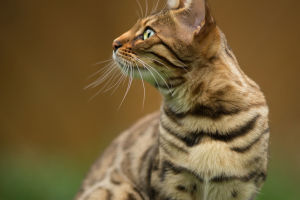If you’ve always thought that lettuce and carrots are enough to feed a bunny, you’d be wrong! Rabbit food must cater to their unique digestive system. Thankfully, it doesn’t require a lot of work to feed them. Keep these facts in mind and you’ll find it is easy to keep your rabbit healthy and happy with the right diet.
Bunnies love a good meal! The right combination of hay, vegetables, pellets, and treats will make pet bunnies very happy and healthy, control the growth of their teeth, and keep them satisfied. Remember, rabbits are herbivores, which means they should only be fed plants, never meat. Don’t forget that water is also an important item in a bunny’s diet. Easy access to water should always be available.
1.Hay
Fresh hay is the most important item in a bunny’s diet. A constant supply of Timothy grass hay or oat grass hay should be available. Alfalfa hay is fine for young bunnies, but is only safe in limited supply for adults because of its higher sugar content and calorie count. Make sure the hay looks and smells fresh. It should not be kept so long that it turns brown, develops mold, and ceases to smell like grass. Hay provides the fiber necessary to prevent diarrhea, obesity, and hairballs, and assists with digestion. It also helps wear down a bunny’s constantly growing teeth and keeps their incisors healthy. Place hay in one end of the bunny’s litter box because bunnies like to munch on it when they are using the box. It is cheaper to buy hay from a farm than at a pet store, but whatever you buy should be stored in a dry place where circulating air can keep it from becoming moldy.
2. Vegetables
Vegetables are the second most important part of bunny’s diet, and you can offer three different kinds in small quantities during each feeding. Veggies should be fresh and free of pesticides, and should be washed thoroughly. Green, leafy vegetables are good for bunnies. You can include arugula, basil, bok choy, broccoli leaves, carrot tops, celery, clover, collard greens, dandelion leaves, dill, endive, kale in small quantities, romaine and dark leaf lettuce, mint, mustard greens, parsley, and watercress.
3. Pellets
Pellets should not be a mainstay of a bunny’s diet, but they can be offered in addition to fresh hay and fresh vegetables. The pellets must be high in fiber and low in protein and should not contain seeds, corn, or other foods high in calories. Bunnies will eat pellets only if they are fresh, and the amount in their diets should be reduced as they age. Pellets should be uniform in size, shape, and colour.
4. Treats
Treats should be healthy foods too, and only given in very small amounts, such as when training (e.g. teaching your bunny to use the litter box). Good treats are small amounts of fruit such as strawberries, bananas, raspberries, pineapple pieces, apples without seeds, and melons. Veggie treats include a small amount of fresh carrot, pieces of green pepper, and Brussels sprouts. Make sure the fruits and veggies are thoroughly washed before feeding.

